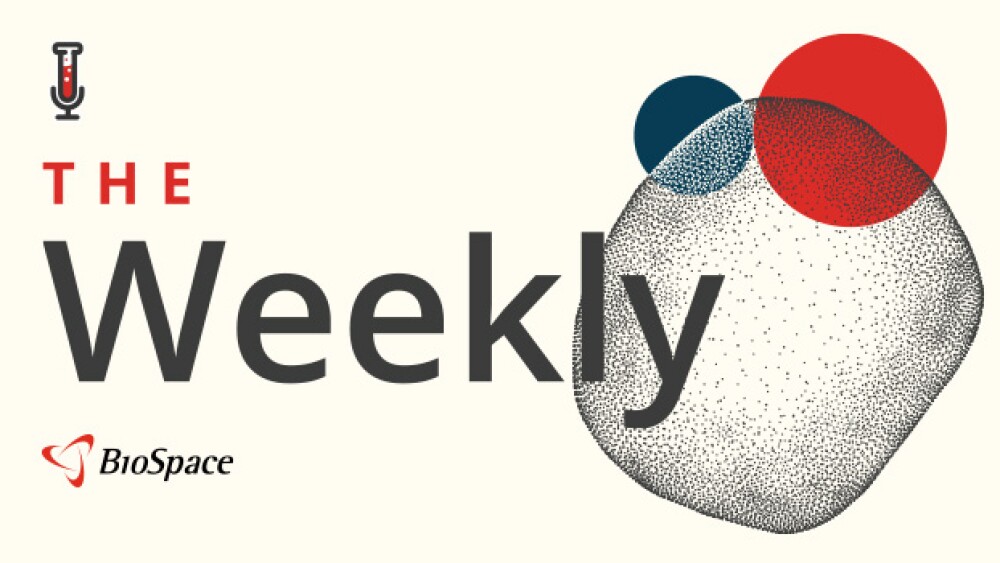Using clusters of tiny magnetic particles about 1,000 times smaller than the width of a human hair, researchers from the UCLA Henry Samueli School of Engineering and Applied Science have shown that they can manipulate how thousands of cells divide, morph and develop finger-like extensions. This new tool could be used in developmental biology to understand how tissues develop, or in cancer research to uncover how cancer cells move and invade surrounding tissues, the researchers said.




